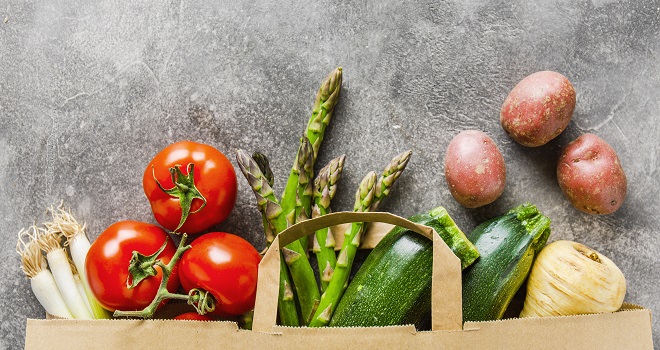Here is one fact that is difficult to digest – roughly one-third of the food produced in the world for human consumption every year gets lost or wasted. That is approximately 1.3 billion tonnes of food waste per year. Every time food is wasted, everything that went into producing and transporting it is also wasted. One way to reduce food waste is by incorporating floor weighing scale and making a few changes in the kitchen. Read on to know more.
5 Ways You Can Reduce Food Waste
1. Track the Food Being Wasted
Don’t just throw out the wasted food. Measure it to get an understanding of exactly how much of the food is being thrown out.
Use a weighing scale or check weighing scale to keep a detailed record of the waste and audit the kitchen produce. The tare function will easily subtract the weight of the plate and just display the weight of food waste. Having a clear idea of how much the food is wasted will help you make the required adjustments to minimize waste.
2. Check the Portion Sizes
Do not serve huge portion sizes because most of the times the customers will leave it and the leftovers would have to be thrown away. Serve a smaller plate and moderate portion sizes. Encourage your customers to take home their leftovers.
You can use a food weighing scale to calculate the ideal portion size in the right proportions. This way you can ensure that the customer eats his full without wasting any food due to large portion sizes.
3. Re-use and Repurpose Food Waste
There are many ways to re-use vegetables and fruits instead of throwing them away. For instance, spoilt greens or vegetable waste can be composted. If the produce looks ‘ugly’ but is otherwise in good condition, it can be juiced or used in soups. Some of the waste can be fed to livestock and excess produce can be donated.
4. Use Separate Bins
Start with separating the food waste with general kitchen waste in a separate bin. Weigh the food waste on its own and tare away the value of the bin using the function of the scale.
Secondly, use three separate bins for putting the waste from food preparation, spoilage and plate waste. Weigh them separately every day and find out which bin is generating the most waste.
This will help you come up with effective solutions to minimize the waste in that particular area.
5. Calculate the Annual Costs Due to Food Waste
Calculate the amount of yearly waste by multiplying the value for the week by 52. Multiply the result by cost per ton. This will give you the cost per year being wasted by throwing food away. You can reduce your costs when you have a clear idea of the bigger picture. By effective waste management, you can minimize the amount of food being wasted. Just by making little changes in certain areas will help you save money and reduce waste. Invest in technology and tools that will help you achieve the same.
Blog by: Kevin Hill

